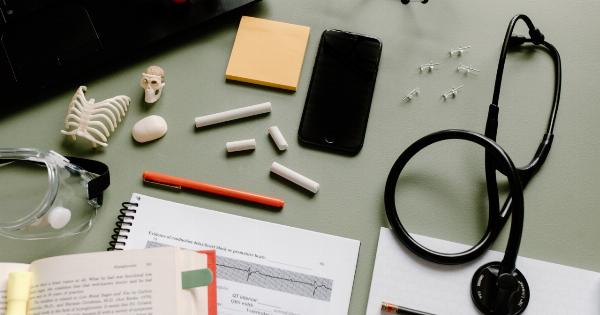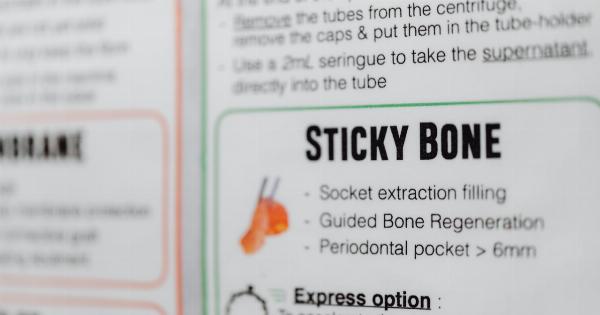Sexual arousal is a physiological response to erotic stimuli that triggers a cascade of events in the human body. This response is initiated in the brain, which plays a crucial role in how we experience sexual desire, excitement, and orgasm.
Research has shown that the neural pathways involved in sexual arousal differ between men and women. In this article, we will shed light on brain activity during sexual arousal in both genders.
Brain Imaging Techniques
Brain imaging techniques have revolutionized our understanding of human sexual arousal.
Researchers have used various neuroimaging methods to study brain activity during sexual stimulation, including functional magnetic resonance imaging (fMRI), positron emission tomography (PET), and electroencephalography (EEG). These techniques reveal how different brain regions are activated during sexual arousal and provide insight into the neural mechanisms underlying sexual behavior.
Brain Activity in Men During Sexual Arousal
Men typically experience sexual arousal in response to visual stimuli, such as erotic images or videos. Brain imaging studies have shown that the primary visual cortex, which processes visual information, is activated during sexual arousal.
Additionally, the amygdala, which plays a role in emotional processing, is also activated, indicating that sexual arousal is associated with positive emotional experiences.
The activation of the amygdala leads to a cascade of events in the brain, ultimately resulting in the activation of the hypothalamus. The hypothalamus is a region of the brain involved in regulating various bodily functions, including sexual behavior.
Activation of the hypothalamus triggers the release of hormones, such as testosterone and dopamine, which increase sexual desire and arousal in men.
Brain Activity in Women During Sexual Arousal
Women’s sexual responses tend to be more complex than men’s, involving both physical and emotional cues. Women typically respond to a wider range of stimuli, including visual, auditory, and tactile cues.
Brain imaging studies have shown that sexual arousal in women is associated with activation of a network of brain regions involved in emotional processing, including the anterior cingulate cortex, insula, and amygdala.
The activation of the amygdala during sexual arousal in women is similar to men, suggesting that sexual arousal is associated with positive emotional experiences in both genders.
Additionally, the activation of the anterior cingulate cortex and insula indicates that women’s sexual responses involve a complex interplay between emotional and sensory processing.
The Role of Hormones in Sexual Arousal
In addition to brain activity, hormonal factors also play a critical role in sexual arousal. Hormones such as testosterone, estrogen, and progesterone have been shown to modulate sexual desire and behavior in both men and women.
Testosterone is the primary hormone associated with male sexual function, while estrogen and progesterone are essential for female sexual health.
Studies have shown that hormonal fluctuations can impact sexual arousal in both genders. For instance, men with low levels of testosterone may experience reduced libido, while women with hormonal imbalances may experience sexual dysfunction.
Additionally, hormonal contraceptives such as oral contraceptives may alter sexual desire and arousal in some women.
Conclusion
Brain imaging studies have provided valuable insights into the neural mechanisms underlying sexual arousal in both men and women.
These studies have shown that sexual arousal involves the activation of a network of brain regions involved in emotional and sensory processing, as well as the release of hormones that modulate sexual desire and behavior. Understanding the brain activity during sexual arousal in men and women can inform the development of new treatments for sexual dysfunction and improve our understanding of human sexuality.





























